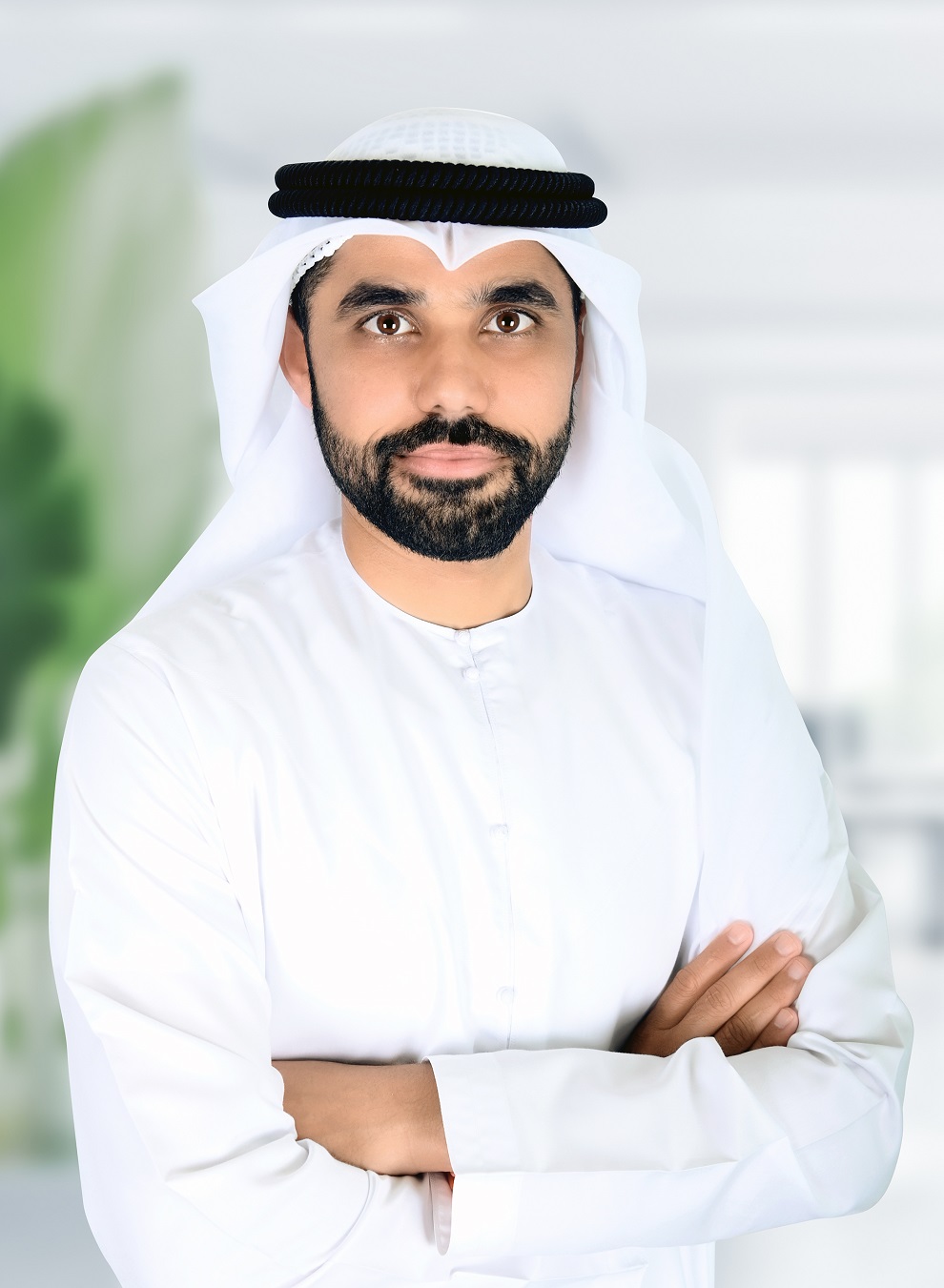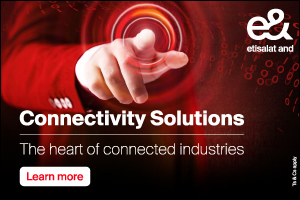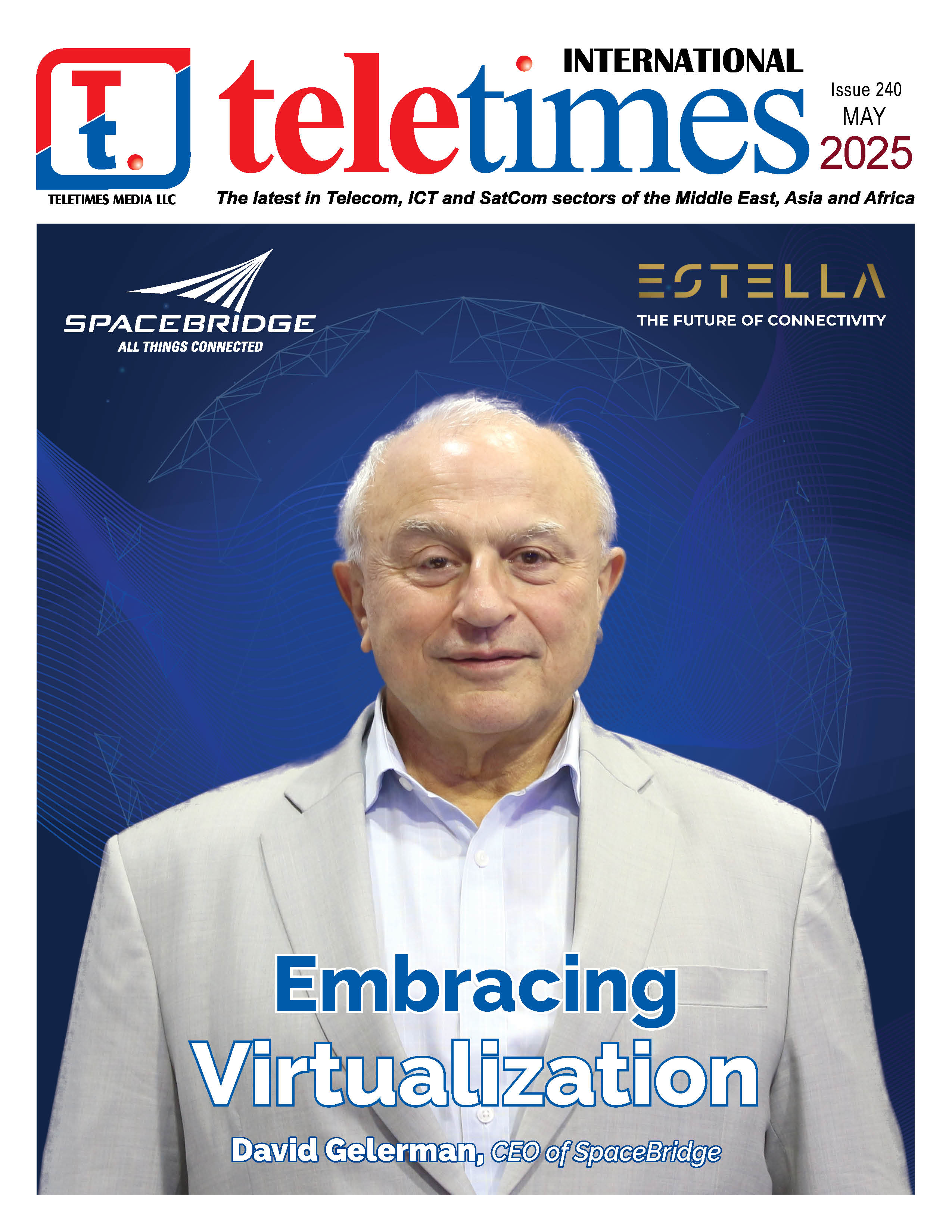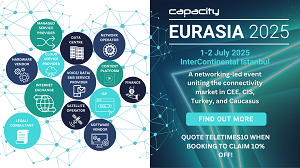Abdulaziz Al Nuaimi, Chief Security Officer at Huawei UAE, speaks to Teletimes International about the evolving cybersecurity landscape in the UAE, Huawei’s role in securing 5G and smart city infrastructure, and how AI and partnerships are shaping a resilient digital future
Teletimes: The UAE is rapidly advancing its digital infrastructure. What are the biggest cybersecurity challenges emerging alongside this transformation?
Abdulaziz Al Nuaimi: The digital transformation in the UAE creates several significant cybersecurity challenges. Organizations are rapidly adopting cloud technologies without always fully addressing security implications, creating new vulnerabilities during migration. AI presents both opportunities and challenges – while we’re leveraging it for faster threat detection, attackers are increasingly weaponizing these same technologies.
The proliferation of IoT devices has dramatically expanded the attack surface. Many of these devices weren’t designed with security as a priority, creating vulnerabilities that are difficult to manage at scale. Critical infrastructure vulnerabilities further complicate this landscape.
“The proliferation of IoT devices has dramatically expanded the attack surface. Many of these devices weren’t designed with security as a priority”
The talent shortage in cybersecurity is particularly concerning – there simply aren’t enough skilled professionals to meet demand. At Huawei, we’re addressing these challenges by investing significantly in talent development. The Huawei ICT Academy and annual ICT competition have become a regional flagship that demonstrates Huawei’s decade-long commitment to ICT talent development in the region. Through partnerships with 106 ICT academies managed by six ICT Academy Support Centers (IASCs), the program has trained over 300,000 students and certified over 35,000 professionals. This extensive network of 2,000+ qualified instructors continue to play a vital role in developing the digital workforce needed to support the region’s technological advancement and security standing.
TT: How does Huawei ensure end-to-end security in its 5G infrastructure deployments within the UAE?
AN: Security isn’t something we bolt on at the end – it’s woven into our 5G infrastructure from the very beginning. Huawei’s design approach embeds security principles from day one, with engineers considering security implications before writing code or designing components.
We’ve cultivated strong partnerships with UAE government agencies and regulators because security challenges require collaborative solutions. These relationships help us align with national priorities while building solutions that protect individual networks and the country’s digital sovereignty.
For 5G specifically, we implement multi-layered protection spanning hardware, software, and network interfaces. Huawei’s verification processes are particularly rigorous, reflecting the critical nature of this infrastructure. What sets our approach apart is leveraging AI for threat detection, enabling our systems to identify patterns that would be invisible to human analysts and respond in milliseconds – crucial for networks that will soon connect everything from autonomous vehicles to remote medical procedures.
TT: What collaborations does Huawei UAE have with local government bodies to enhance national cyber defense?
AN: We’ve established substantive partnerships with UAE government entities to strengthen national cyber defense capabilities. Our work with the UAE’s Cybersecurity Council has been particularly productive – combining their deep understanding of local threats with our global technical expertise to develop more effective protections than either party could create independently.
The National Cybersecurity Strategy establishes an effective framework bringing together government, private sector, and academic stakeholders around common standards. Huawei has actively participated in these discussions, contributing our experience while learning from others.
Cyber threats don’t respect organizational boundaries, particularly when critical infrastructure is at risk. By investing in these partnerships for the long term, we’re helping build collective resilience that benefits everyone in the digital ecosystem while providing technical capabilities that support the UAE’s cybersecurity objectives.
TT: Given the region’s emphasis on smart cities (like Dubai and Abu Dhabi), how is Huawei contributing to the security of these projects?
AN: Smart cities represent extraordinary integration challenges – connecting systems from traffic management to power grids to healthcare. This unprecedented connectivity creates unique security challenges that require specialized solutions.
At GISEC Global 2025, we showcased technologies specifically designed for smart urban environments. Huawei SecMaster provides security teams with unified visibility across diverse systems that would traditionally have separate security tools. Meanwhile, the Xinghe solution integrates protection for cloud resources, networks, edge computing, and endpoints – essential because smart city attacks typically cross boundaries between interconnected systems.
Recovery capability is often overlooked in smart city security planning. When citizens depend on these systems daily, service restoration speed becomes critical. That’s why we’ve emphasized data protection solutions that can recover terabytes of information in minutes rather than days. By working closely with local authorities and aligning with national digitalization goals, we’re building secure foundations for smart cities that protect sensitive data while enabling innovative services that enhance quality of life.
TT: How do you address public concerns about telecom and ICT infrastructure security in the UAE?
AN: Cybersecurity and user privacy protection are Huawei’s top priorities. Over the past 30 years, Huawei has established end-to-end cybersecurity practices, from strategies and supply chain to R&D, products, and solutions. Huawei operates in over 170 countries and regions without major cybersecurity incidents. We have earned our customers’ trust by fully meeting their cybersecurity requirements. We will continue to provide secure and reliable services for our customers worldwide.
Our commitment to cybersecurity will never be outweighed by the consideration of commercial interests, and we build a comprehensive cybersecurity governance system and competitive cybersecurity capabilities to create value for customers. At Huawei, we provide secure and trustworthy technologies, products, solutions, and services by collaborating with partners, support the building of cyber resilience, and jointly make cyberspace more secure and trustworthy.
Trust is earned through consistent actions. That’s why we’ve embraced transparency as a core value in addressing security concerns. When customers or regulators have questions about how our systems work or handle data, we provide clear, factual information without technical obfuscation. We’ve opened our code for review and welcomed independent verification of our security implementations.
Huawei’s participation in events like GISEC demonstrates a commitment to open dialogue about security challenges. This sometimes means acknowledging areas where we’re still improving rather than presenting a perfect image.
Huawei differentiates itself through active engagement with all stakeholders. We don’t avoid difficult questions or hide behind technical jargon. Whether speaking with government officials, business leaders, or concerned citizens, we believe everyone deserves straightforward answers about the technology that increasingly shapes their daily lives. This approach has helped build confidence in our infrastructure while establishing Huawei as a trusted security partner in the region.
TT: What role does AI play in Huawei UAE’s security framework, and how are you balancing innovation with safety?
AN: AI has fundamentally transformed our security capabilities. In 2024, we invested $24.6 billion in R&D—nearly 21% of our annual revenue—with a significant portion directed toward security innovation. The company’s total R&D investment over the past decade amounts to USD 171.1 billion, reflecting its dedication to continuous innovation in cybersecurity. Huawei currently has more than 3,000 cybersecurity R&D personnel, with 5% of its R&D spend focused exclusively on boosting the security of its products. These investments reflect how seriously we take our mission to protect digital infrastructure.
Huawei Pangu AI models have dramatically improved threat detection and response, automating actions for 99% of common security events. This automation frees human analysts to focus on sophisticated threats requiring creative intervention. Recognizing AI’s potential risks, Huawei has developed the Data Security Center (DSC) to ensure proper protection of the data feeding these systems.
Balancing innovation with safety requires careful judgment. Move too cautiously, and customers remain vulnerable to emerging threats; too aggressively, and you risk introducing new vulnerabilities. We navigate this tension through rigorous testing, phased deployment, and continuous monitoring for unintended consequences.
TT: What are the top three security priorities for Huawei UAE in 2025?
AN: Our first priority is accelerating the development of truly AI-native security. We’re moving beyond using AI as a supplementary tool to rebuild our security architecture around AI capabilities from the ground up. The threat landscape is evolving too quickly for purely human-driven security, making this transition essential for organizations that want to stay protected.
“We’re moving beyond using AI as a supplementary tool to rebuild our security architecture around AI capabilities from the ground up”
Second, we’re intensifying our focus on ransomware protection Global losses are expected to reach $57 billion this year, , but the impact goes beyond financial damage to disrupt critical services. Our multi-layered approach has achieved 99.99% detection rates in testing, but we continue pushing for even stronger defenses against these evolving threats.
Third, we’re unifying security operations through platforms like SecMaster. Most enterprises struggle with dozens of disconnected security tools, creating gaps that attackers exploit. By integrating these functions into a cohesive framework, Huawei has improved detection accuracy beyond 99% while reducing investigation times by 83% – critical efficiency gains when facing a global security talent shortage. What connects these priorities is our recognition that security isn’t just about defense—it’s about enabling business. When our customers have confidence in their security posture, they can innovate faster and deliver better experiences to their users, creating value that extends far beyond risk reduction.












